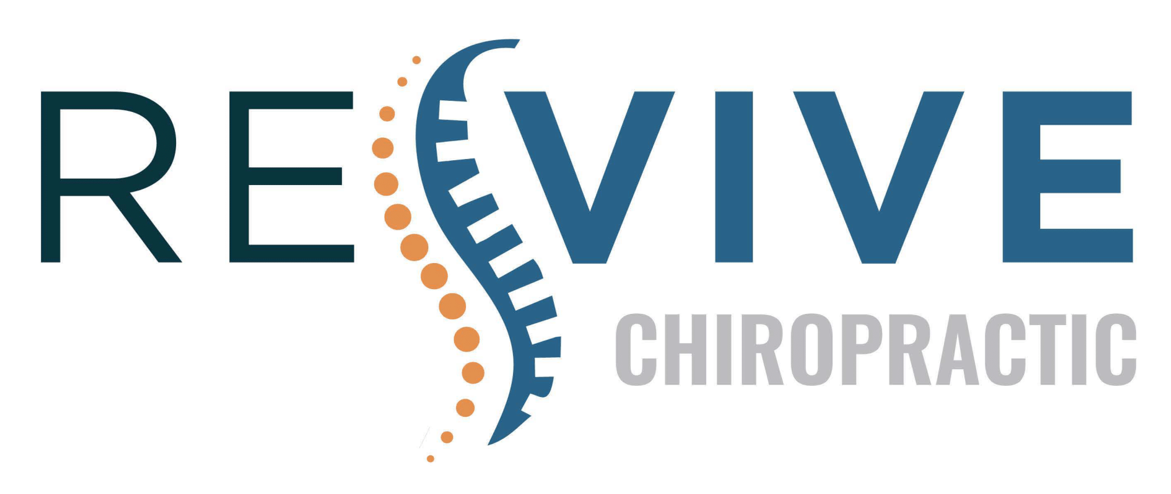If you spend long hours at a desk, you might not realize how vital proper posture is for your overall well-being. It's not just about sitting up straight; it involves a combination of ergonomic practices that can transform your work experience. You might think you're doing everything right, but small adjustments can make a significant difference in comfort and productivity. Curious about specific techniques to enhance your setup? Let's explore the essential elements that could change the way you feel at work.
Understanding Ergonomics
Understanding ergonomics is essential for creating a comfortable and productive workspace. It involves designing your environment to fit your needs, reducing strain on your body while you work. When you consider ergonomics, think about how your desk, chair, and computer setup interact with your posture. Good ergonomics helps prevent discomfort and long-term injuries, allowing you to maintain focus and efficiency throughout the day.
First, evaluate your chair. It should provide proper lumbar support, keeping your lower back aligned with your spine. Adjust the seat height so that your feet rest flat on the floor, and your knees stay at a 90-degree angle. This position promotes healthy circulation and reduces fatigue.
Next, consider your desk height. Ideally, your elbows should also be at a 90-degree angle when typing. If your desk is too high or low, it can lead to strain in your shoulders and wrists.
Now, let's talk about your computer monitor. Position it at eye level, about an arm's length away. This setup encourages you to maintain a neutral neck position, preventing strain from looking up or down excessively.
Lastly, don't forget about your keyboard and mouse. Keep them close to you to avoid reaching, which can lead to tension in your arms and shoulders.
Ideal Desk Setup
Creating an ideal desk setup goes hand in hand with implementing good ergonomic practices. Start by choosing a desk that allows you to work comfortably. Ideally, your desk height should let your elbows remain at a 90-degree angle while typing. If your desk is too high or low, consider using a keyboard tray or an adjustable desk to find the perfect fit.
Next, position your monitor at eye level. This way, you won't strain your neck while looking at the screen. The top of the monitor should be at or slightly below eye level, about an arm's length away. If you're using a laptop, elevate it with a stand and use an external keyboard and mouse.
Your chair plays a vital role, too. Opt for an ergonomic chair that supports your lower back. Make sure your feet rest flat on the floor or on a footrest, with your knees at about hip level. This alignment reduces pressure on your lower back and promotes better circulation.
Don't forget about lighting. Position your desk to minimize glare from windows and overhead lights. A desk lamp with adjustable brightness can help illuminate your workspace without straining your eyes.
Lastly, keep essential items within arm's reach to avoid unnecessary stretching or twisting. This simple adjustment can greatly enhance your comfort and productivity.
Strengthening Core Muscles
Your core muscles play an essential role in maintaining good posture, especially for desk workers who spend long hours sitting. A strong core stabilizes your spine, helping you sit upright without strain. When your core is weak, it can lead to slumping, discomfort, and even chronic pain over time.
So, let's focus on strengthening those vital muscles. Start by incorporating simple exercises into your daily routine. Planks are fantastic for building core strength. Try holding a plank position for 20-30 seconds, gradually increasing the time as you get stronger.
Another great move is the bridge. Lie on your back with your feet flat on the floor, raise your hips until your body forms a straight line from your shoulders to your knees, and hold for a few seconds before lowering.
Don't forget about your obliques! Side planks are effective for this. Lie on your side, propping yourself up on your elbow, and lift your hips off the ground, holding the position for as long as you can.
Incorporating these exercises just a few times a week can markedly improve your core strength. Remember to engage your core during daily activities, like when you're sitting or standing. Keeping your core active will help you maintain better alignment and reduce the risk of injury.
With a strong core, you'll find it easier to keep your posture in check, leading to a healthier, more comfortable workspace.
Mindful Sitting Practices
Mindful sitting practices can transform your work experience and help maintain good posture throughout the day. By consciously paying attention to how you sit, you can reduce discomfort and enhance your overall well-being.
Begin by setting your chair to the right height. Your feet should rest flat on the floor, with your knees at a 90-degree angle. This simple adjustment can greatly impact your posture.
Next, engage your core muscles while you sit. This doesn't mean tensing up; instead, focus on maintaining a gentle contraction of your abdominal muscles. This support helps keep your spine aligned and reduces strain on your back.
As you sit, think about the way your back meets the chair. Make sure your lower back is supported, either by adjusting the chair or using a lumbar roll for additional support.
Keep your shoulders relaxed and away from your ears. Avoid hunching forward or leaning too far back. A straight, upright position is key.
You can also practice mindfulness by taking deep breaths. Inhale deeply and exhale slowly, allowing your body to relax and release any tension. This not only promotes better posture but also helps you stay focused and centered.
Lastly, consider your screen placement. Your monitor should be at eye level, minimizing the need to tilt your head.
Regular Movement Breaks
Sitting for long periods can lead to stiffness and discomfort, making regular movement breaks essential for your well-being. Taking a few minutes to stretch or walk around can do wonders for your body and mind. Aim to stand up and move every 30 to 60 minutes; this not only helps prevent aches but also boosts your productivity.
During these breaks, focus on simple stretches that target your neck, shoulders, and back. Try rolling your shoulders back, tilting your head side to side, or reaching your arms overhead. These quick stretches can alleviate tension and improve blood flow, which is vital for maintaining focus.
You could also consider a brisk walk around your office or home. Even a few minutes of walking can invigorate you, enhancing your creativity and problem-solving skills.
Incorporating movement into your routine doesn't need to be complicated. Set a timer on your phone or use an app to remind you when it's time to take a break.
If you work in a collaborative environment, suggest walking meetings or standing discussions. This not only promotes movement but also encourages a more dynamic exchange of ideas.
Conclusion
By prioritizing ergonomics, adjusting your desk setup, and strengthening your core, you'll set yourself up for success in maintaining perfect posture while working. Remember to practice mindful sitting and take regular breaks to keep your body engaged and comfortable. These simple strategies not only enhance your well-being but also boost your productivity. So, take a moment to adjust your workspace and habits today—you'll feel the difference in no time!



